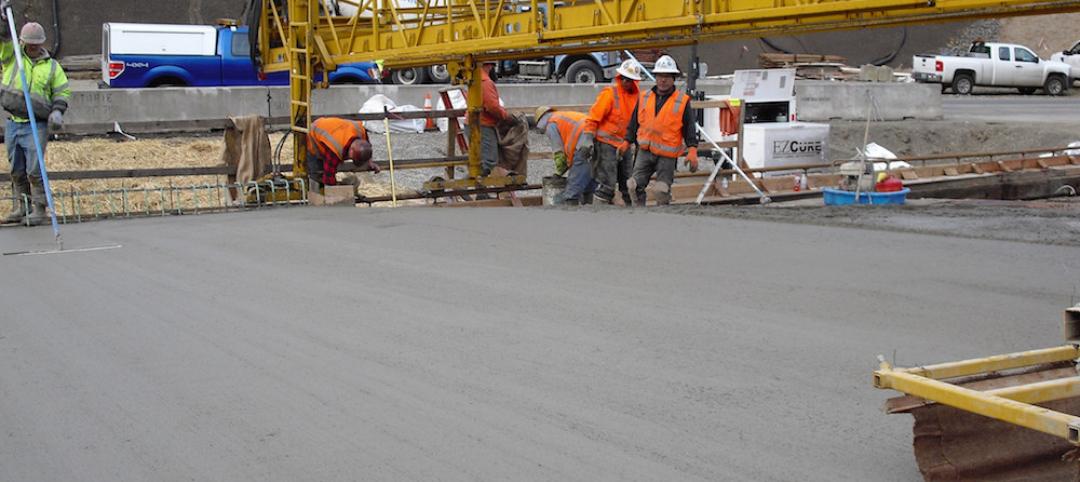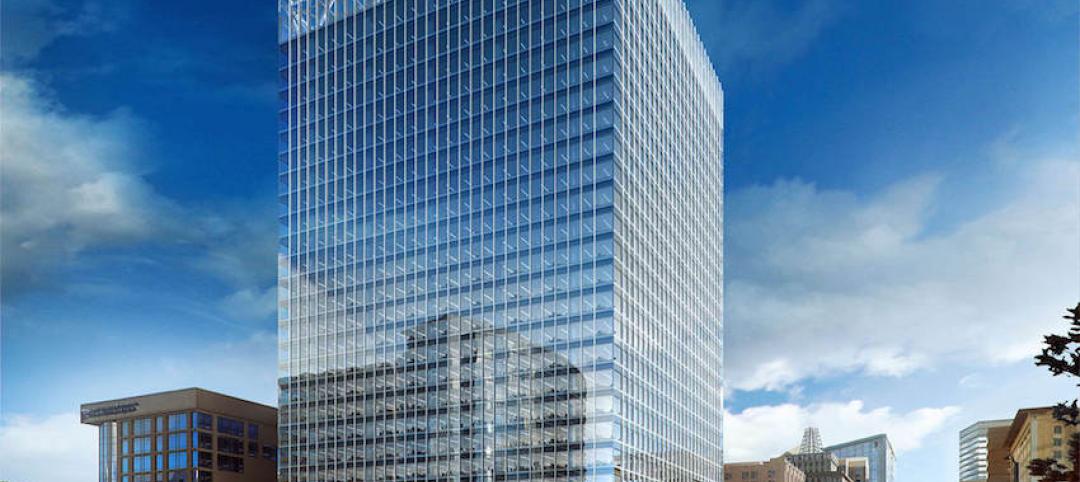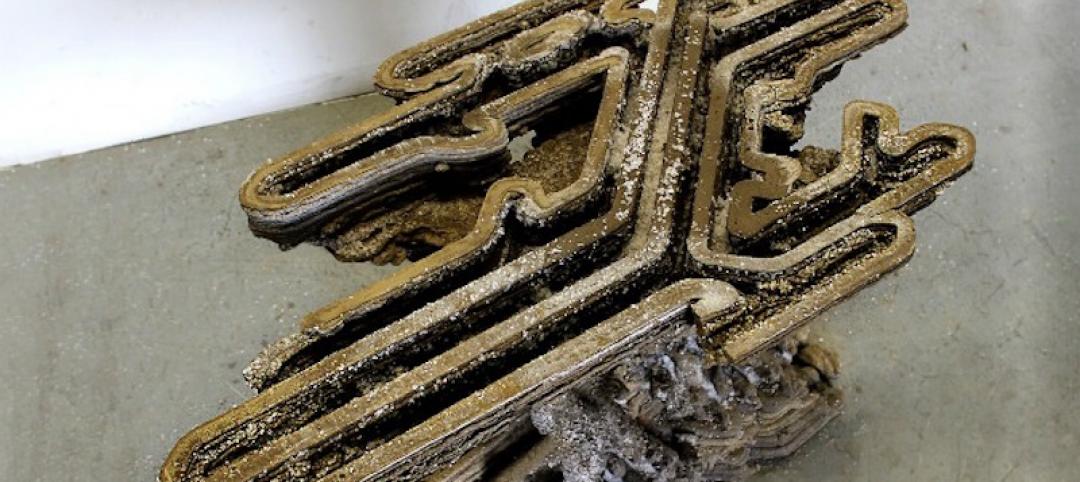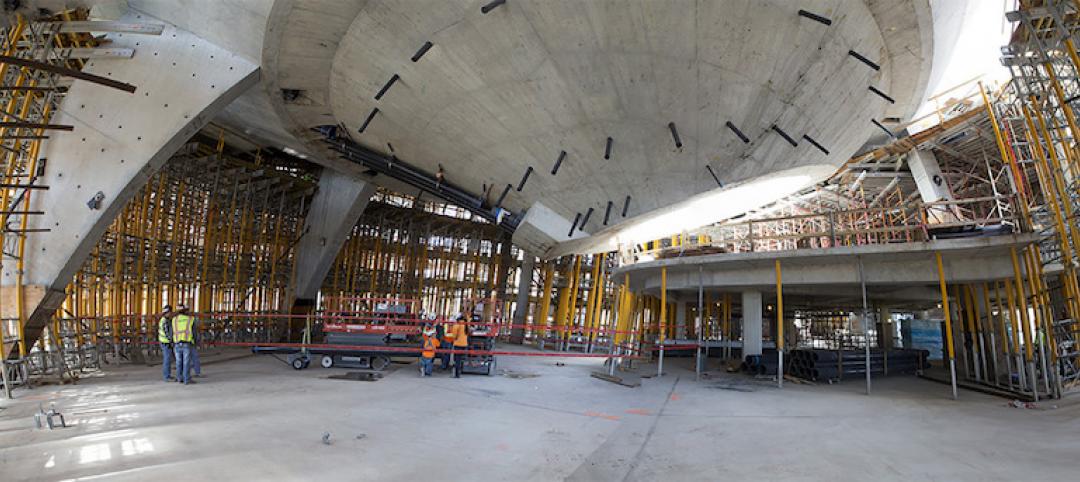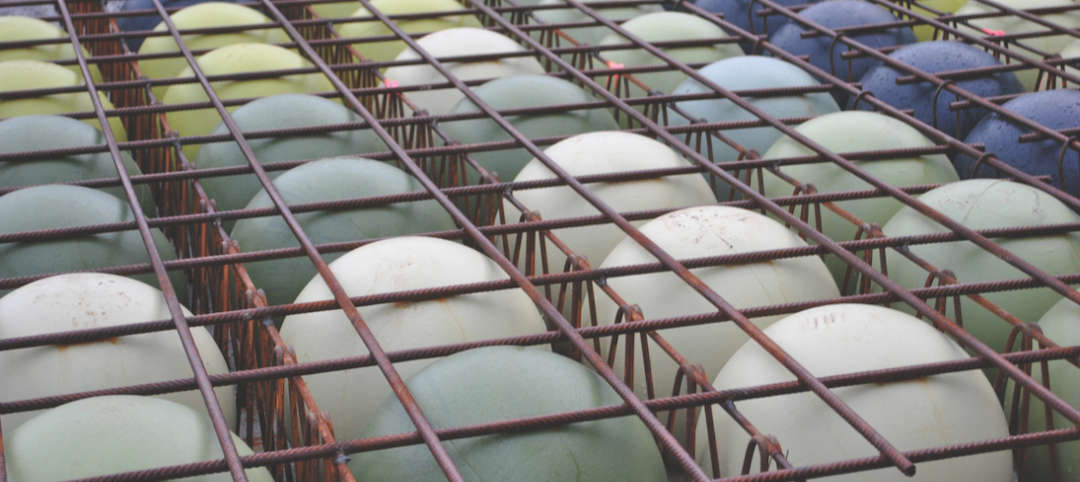A consortium of construction firms, property developers, and building engineers have pledged to drive down the carbon emissions of concrete.
The new ConcreteZero initiative consists of 17 companies that have pledged to bring the proportion of “low-emissions” concrete they use to 30% by 2025 and 50% by 2030. Major European construction firms including Laing O’Rourke, Mace, Skanska UK, and Willmott Dixon; property owners and developers including Canary Wharf Group and Grosvenor; and engineering firms including Buro Happold and Thornton Tomasetti are aiming to use only zero-carbon concrete by 2050.
The 2050 goal is a high mark that will likely be hard to reach. Cement production accounts for between 7% and 8% of global carbon emissions today. With increasing demand for concrete for construction, and the carbon-intensity of global cement production growing, emissions from concrete production have been rising in recent years.
But options to reduce the carbon-intensity of concrete are broadly available, practical, and cost-effective today, building decarbonization experts say. ConcreteZero is modeled on similar Climate Group initiatives including a pledge to boost the use of renewable energy to commit to sourcing more low-carbon steel.
Related Stories
Concrete | Jun 7, 2016
Concrete Institute publishes document providing concrete curing guidance
New curing monitoring techniques included.
Building Materials | Jun 1, 2016
MIT study: Microscopic structure of natural materials can inspire better concrete
Bones and sea sponges are highly organized at the molecular level, while concrete consists of random composites.
High-rise Construction | Mar 28, 2016
SOM’s Salt Lake City skyscraper uses innovative structural system to suspend itself over a neighboring building
The hat truss-supported office tower was topped off in January, rising 25 stories above the Salt Lake City streets.
Concrete Technology | Jan 27, 2016
New concrete can make roads, sidewalks safer by melting ice and snow
The de-icing concrete uses an electrical current to generate heat to keep roads safer during winter storms.
3D Printing | Jan 25, 2016
Architecture students create new method for 3D printing concrete
The team's Fossilized project allows for structures that are more varied and volumetric than other forms so far achieved.
Great Solutions | Jan 20, 2016
Digitally fabricated concrete formwork pushes the limits of what can be cost-effectively constructed in concrete
Simpson Gumpertz & Heger and CW Keller use 3D modeling and CNC machining to advance concrete construction.
Great Solutions | Jan 20, 2016
Sasaki Associates develops simple yet novel solution for precast concrete complication
Its double-angle cladding anchor maintains the air/water/vapor barrier integrity and continuous insulation while still allowing for the desired versatility of precast panels.
Great Solutions | Jan 19, 2016
Concrete innovation: voided biaxial slab slashes weight, saves concrete
System reduces slab dead load by 30% on medical clinic project
Concrete | Jan 15, 2016
Fallingwater to Sydney Opera House: Ranking the world’s best concrete buildings
Large and small, some of the most iconic structures of all time were made of the composite building material.
Vertical Transportation | Aug 5, 2015
ThyssenKrupp’s maglev elevator test tower almost ready
The 761-foot concrete tower will enable the manufacturer to test its maglev elevator prototypes. The new elevators will be moved by magnets, allowing for vertical and horizontal movement of multiple cars in one shaft.



